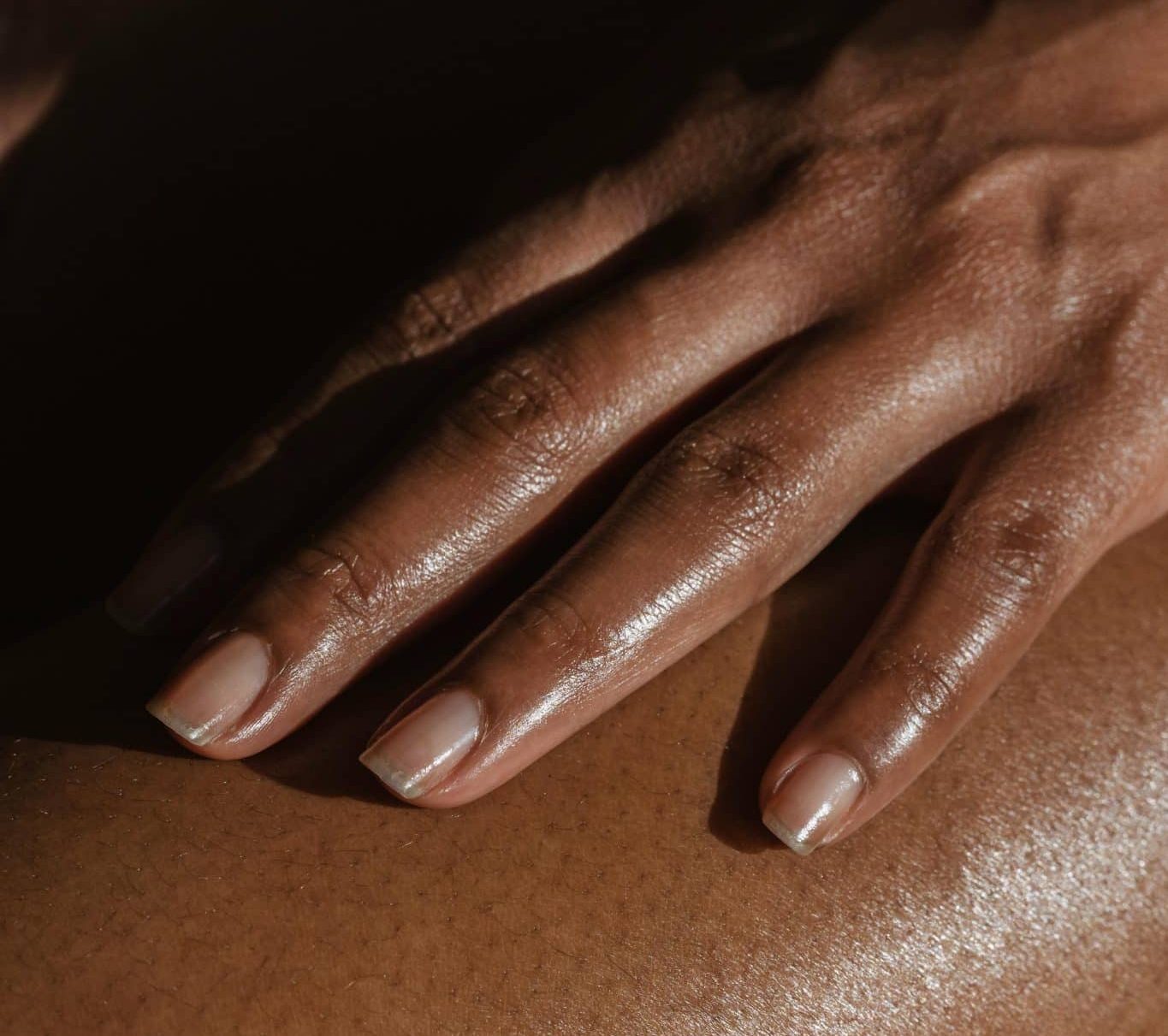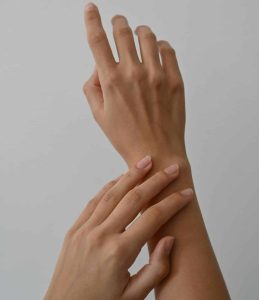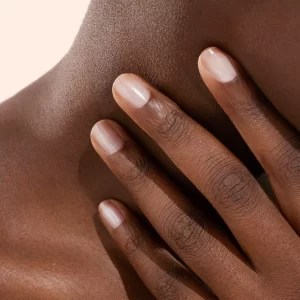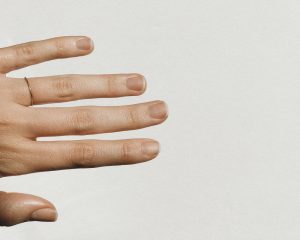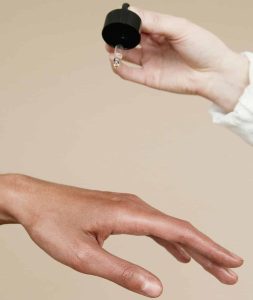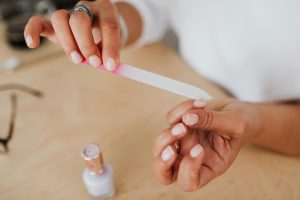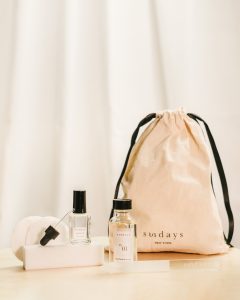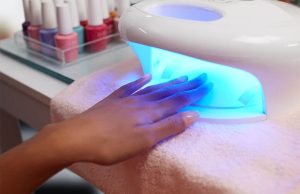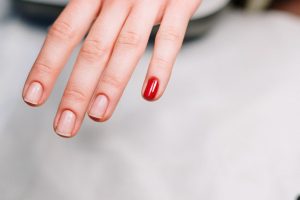A buff manicure is the ultimate way to achieve naturally beautiful, healthy-looking nails without polish. It gives nails a subtle shine, smooth surface, and clean, polished look—perfect for a minimalistic, chic aesthetic. However, buffing your nails the wrong way can lead to breakage, thinning, and damage over time. If you love the clean beauty approach to nail care, this guide will help you get the perfect buffed nails without compromising nail health. Let’s break down what to do and what not to do for the best results.
You found our list of Do’s and Dont’s for a Buff Manicure.
This article is similar to our other post about 10 At-Home Manicure Tips.
This article includes:
- buff manicure
- natural nail care
- how to buff nails
- best buffing block for nails
- DIY buff manicure
- nail care routine
- non-toxic nail care
Let’s get to it!
Do This, Not That: Buff Manicure
Why Buffing Your Nails Is Essential
Buffing isn’t just about creating shine—it promotes healthy nails by improving circulation, smoothing ridges, and encouraging even growth. A well-buffed nail surface can also help nail treatments absorb better and strengthen natural nails over time.
However, overdoing it or using the wrong techniques can lead to fragile, thin, and weakened nails. That’s why knowing what to do—and what to avoid—is key to achieving strong and beautiful nails.
Learn more about What Nail Buffing is and How to do it Properly.
1. DO Use a Gentle, High-Quality Buffing Block
✔ Do: Choose a four-way buffing block with different grit levels to control the amount of shine and smoothness.
❌ Don’t: Use a rough nail file or overly abrasive buffer, which can strip the nail surface and lead to thinning.
Pro tip: Start with the coarsest side of the buffer and work your way to the finest grit for a natural, healthy shine.
Learn more about the Type of Buffing Block to Use.
2. DO Buff in One Direction
✔ Do: Buff in gentle, long strokes in one direction to reduce friction and minimize damage.
❌ Don’t: Buff back and forth aggressively—this can weaken your nails and cause micro-tears.
A light touch is key! Think of it as massaging your nails rather than sanding them down.
Learn more about the Correct Direction to Buff your Nails.
3. DO Buff Only Once Every Two Weeks
✔ Do: Limit buffing to once every 10–14 days to maintain healthy nails.
❌ Don’t: Buff too often, as excessive buffing can thin your nails and make them prone to breakage.
Your nails need time to recover and regenerate, so less is more when it comes to buffing.
Learn more about How Frequently to Buff your Nails.
4. DO Apply Cuticle Oil After Buffing
✔ Do: Nourish your nails with cuticle oil post-buffing to keep them hydrated and strong.
❌ Don’t: Skip hydration—buffing removes some of the natural oils from your nails, making them prone to dryness.
Massage cuticle oil into your nails daily for stronger, healthier growth.
Check out Sundays Manicure Kit with Healing Cuticle Serum.
5. DO Use a Glass Nail File for Shaping
✔ Do: Use a glass or crystal nail file for shaping before buffing. It seals the edges and prevents peeling.
❌ Don’t: Use a harsh metal file, which can cause splitting and damage to the nail’s structure.
Glass files are gentler and more precise, making them a must-have for natural nail maintenance.
Find everything you need to shape your nails in the Sundays Manicure Kit.
6. DO Finish with a Natural Nail Strengthener
✔ Do: Apply a strengthening treatment or nail serum after buffing to keep nails strong.
❌ Don’t: Leave your nails unprotected—natural nails need extra support to prevent breakage.
Opt for a non-toxic, breathable nail strengthener to keep your nails resilient.
Learn more about Sundays Nail Strengthening Base Coat.
Buff Manicure Benefits: Why It’s a Must-Try
A buffed manicure is perfect for those who prefer a low-maintenance, polish-free look while still having sleek, well-groomed nails. Some key benefits include:
✨ Enhances Natural Shine – No need for clear polish!
✨ Smooths Ridges – Creates an even surface for a flawless nail bed.
✨ Improves Blood Circulation – Promotes healthy nail growth.
✨ Reduces Staining – Helps nails look brighter and healthier over time.
Whether you’re keeping it natural or prepping for a special occasion, a buff manicure is an easy way to maintain beautiful, polished nails with minimal effort.
Learn more about the Benefits of Trying a Buff Manicure.
Visit sundays studio to try your first buff manicure.
Final Thoughts
A buff manicure is a simple yet powerful way to maintain healthy, naturally beautiful nails. By following these “Do This, Not That” tips, you can avoid common mistakes and achieve long-lasting results.
Ready to give your nails some extra love? Try incorporating these tips into your nail care routine and enjoy the beauty of polished, shine-enhanced, healthy nails—without the polish! 💅✨
Next, check out our other post The Importance of Top Coat and Base Coat for Healthy, Long-Lasting Nails.

